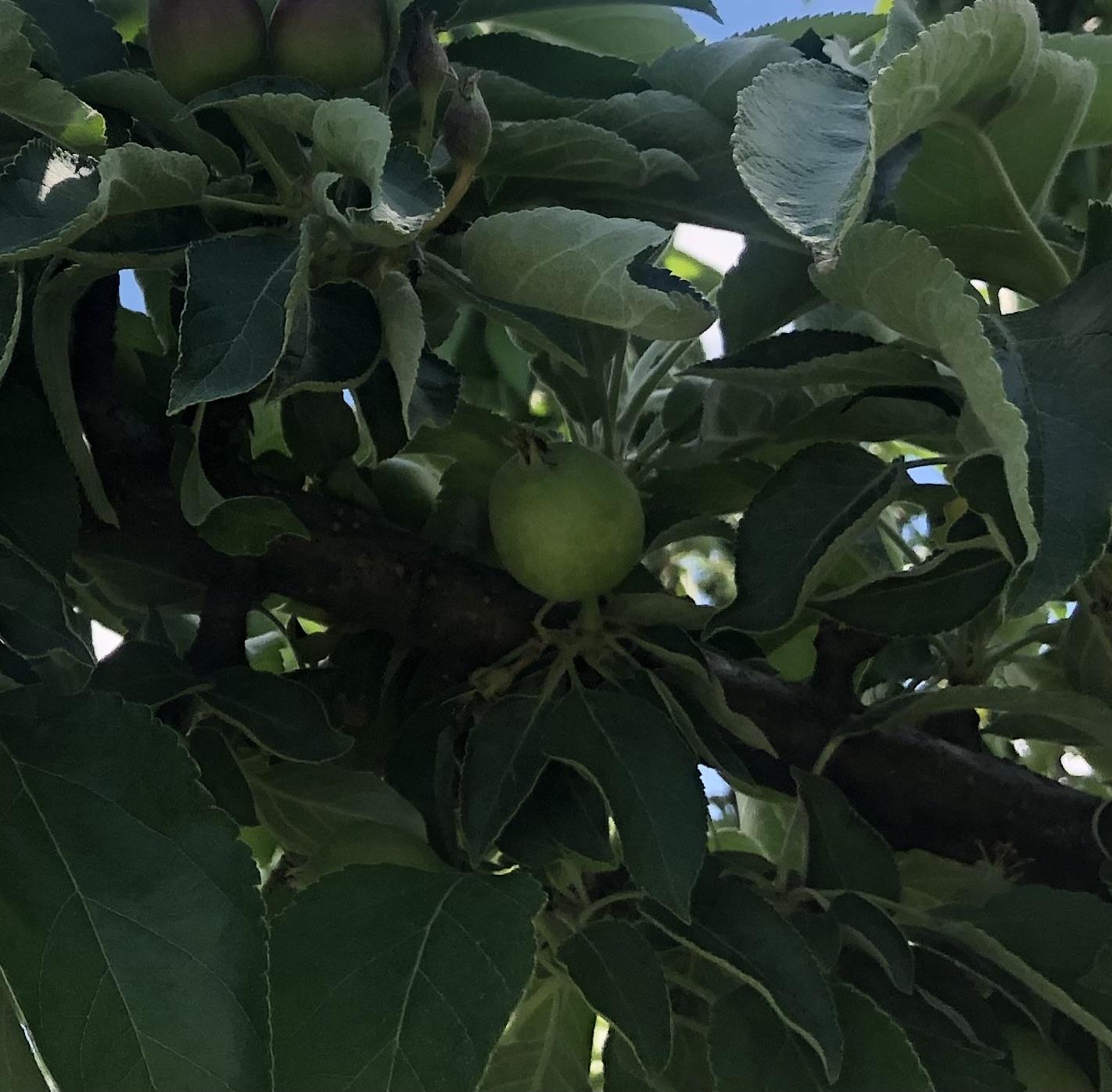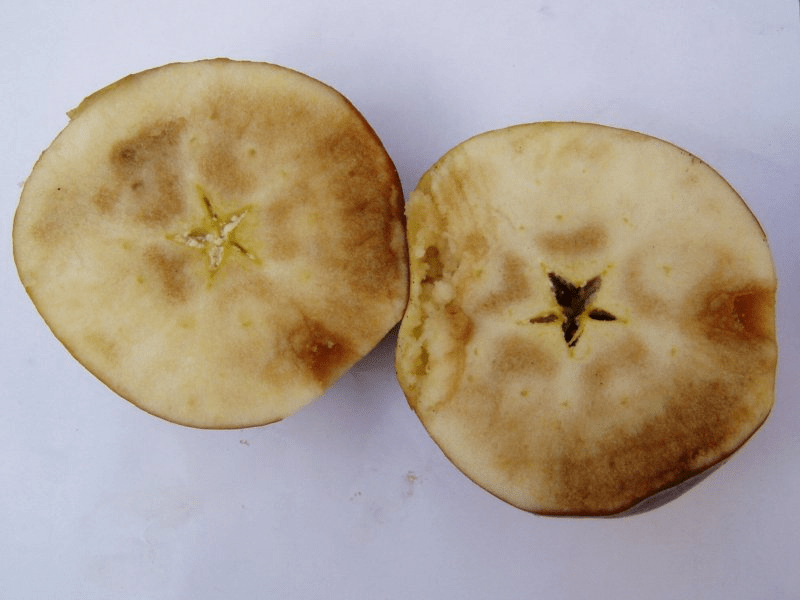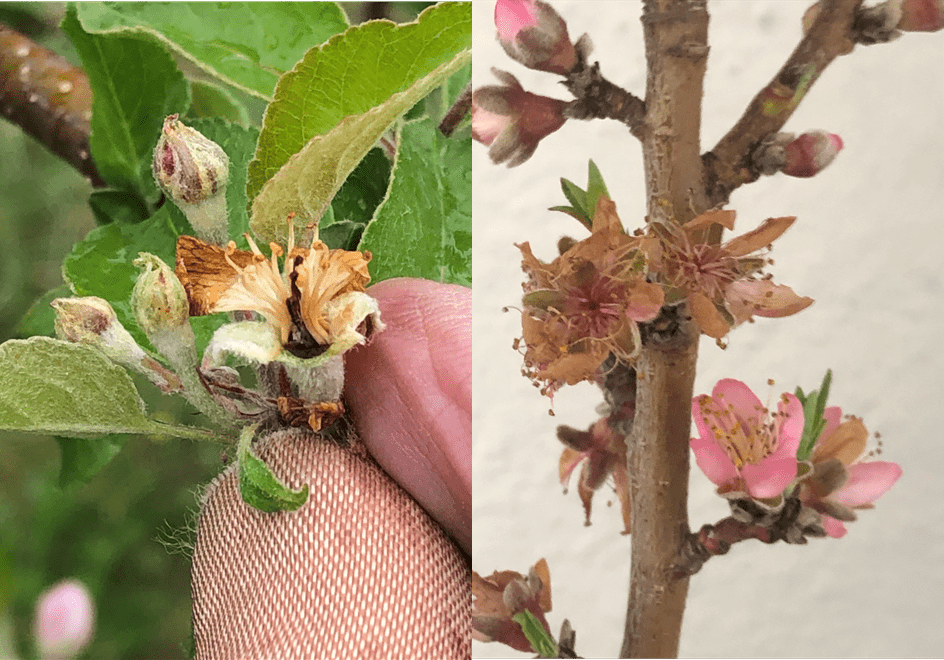Updated: May 22, 2025
Apple Red Skin Coloration: A Grower's Checklist (FS-2025-0753)
Red skin coloration is highly associated with apple fruit marketability and profitability. It is determined by the content and composition of anthocyanins. A multifaceted approach—considering environmental factors, site of establishment, cultivars, rootstocks, mineral nutrition, crop load, and fruit maturity —are key to meeting the required apple red skin coloration standards. Authors: Matthew Trause, James Schupp, Ph.D., and Macarena Farcuh, Ph. D.; Title: Apple Red Skin Coloration: A Grower's Checklist (FS-2025-0753).





